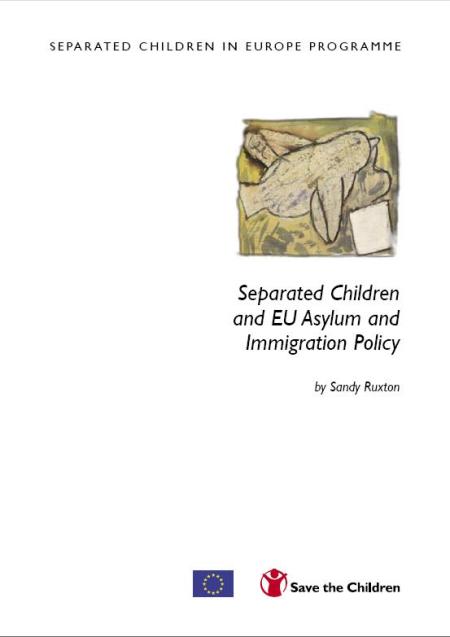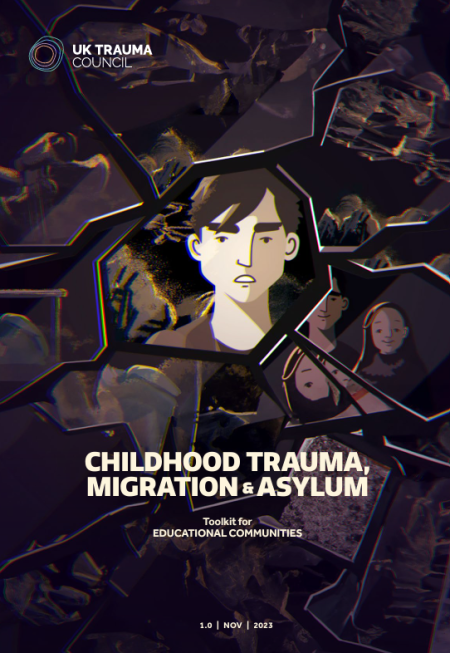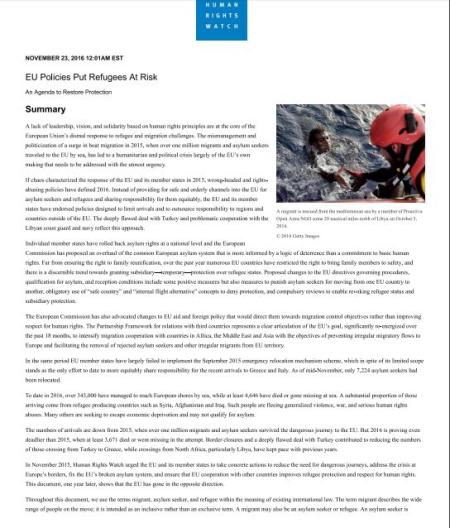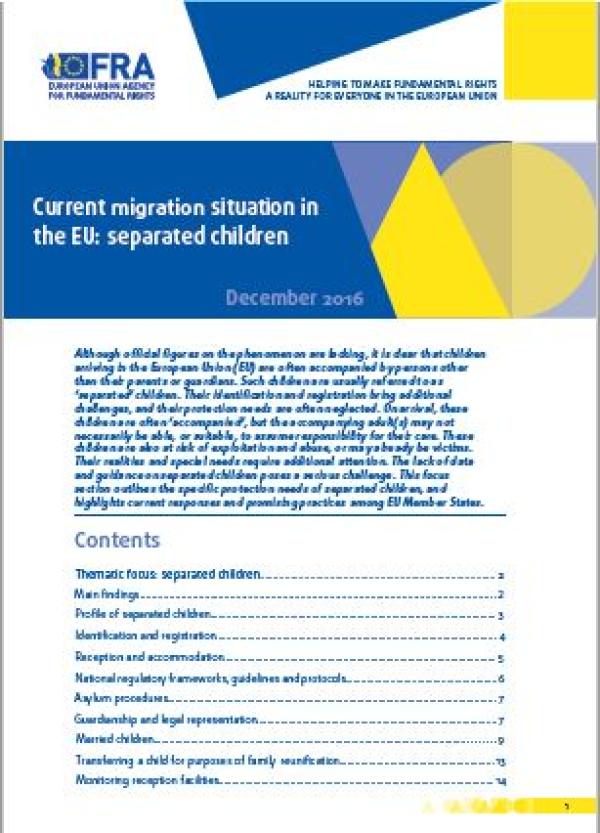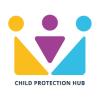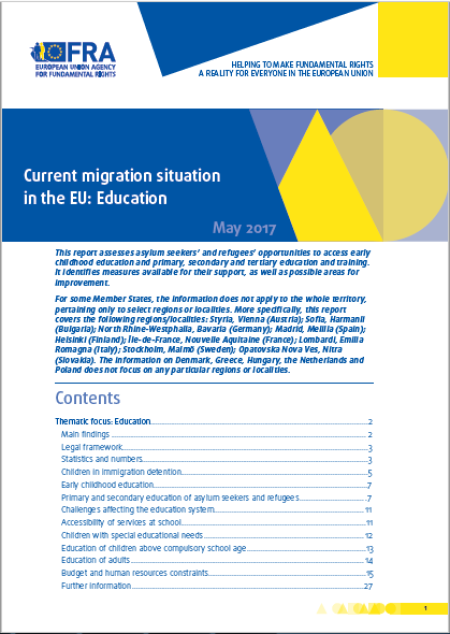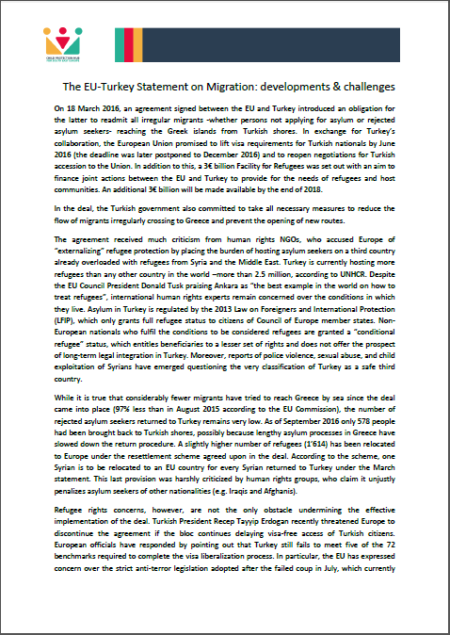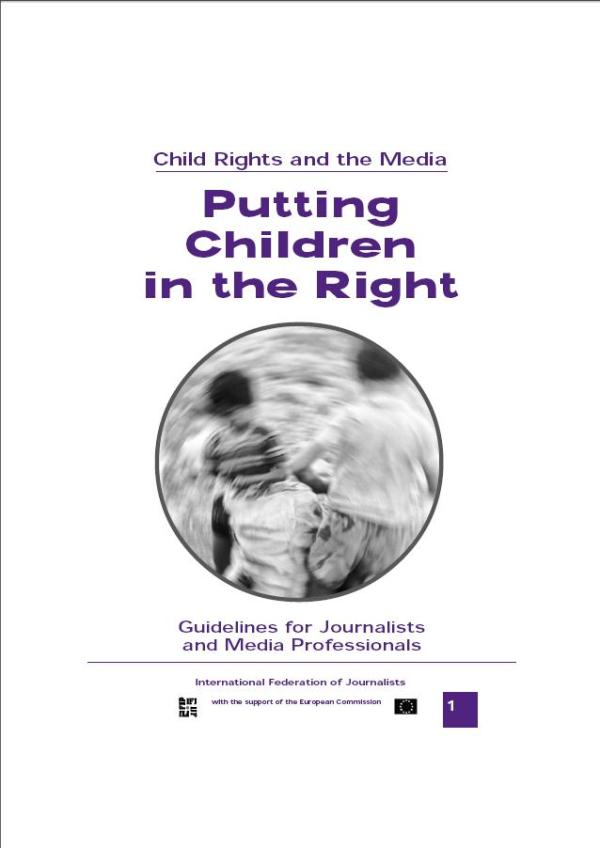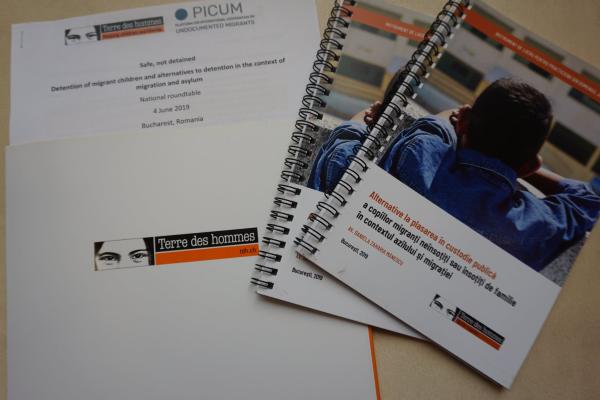
Eurochild is worried about the potential negative impact of the EU Migration and Asylum Pact on families and children in migration which among others allows the detention of children at external borders for screening purposes.
Yesterday marked a significant milestone for EU decision-makers as they adopted the EU Migration and Asylum Pact after nearly a decade of deliberation. Both European Parliament’s President, Roberta Metsola, and European Commission’s Home Affairs Commissioner, Ylva Johansson, welcomed the comprehensive EU Migration and Asylum Pact, comprising 10 separate pieces of legislation. The timing of this decision, just before the upcoming European elections in June, underscores the critical nature of migration as a key issue in the political agenda.
Alongside civil societies and other human rights advocates, we raise the alarm regarding the potential impact of the Pact on families and children in migration. The fast-tracking measures outlined in the Pact could put children at risk of being denied asylum or other forms of protection based on their individual circumstances and needs. Furthermore, they may face barriers in accessing essential services such as education, healthcare, housing, and psychosocial support, which are fundamental rights for all children in Europe. Children, being more vulnerable, are also at increased risk of violence, abuse, and human trafficking if they are denied access to protection authorities and services.
One glaring issue is the lack of provision for siblings within the framework of family reunification, heightening the risk of families being separated. Additionally, the inclusion of children in detention at external borders for screening purposes, as outlined in the Screening Regulation, is in breach of the UN Convention on the Rights of the Child. This could lead to the systematic detention of families with children, which is deeply concerning.
Moreover, under the Crisis and Force Majeure Regulation, countries will have the option to deviate from EU asylum rules during times of increased arrivals or perceived "instrumentalisation" of migrants. These exemptions create a risk to violate international obligations under refugee and human rights law, potentially normalizing disproportionate emergency measures at European borders.
In addition to this, the accelerated evaluation of protection needs at borders, particularly for children, raises issues of fairness and accuracy. Children often struggle to prove their age due to a lack of documentation and language barriers, leading to invasive and potentially traumatic examinations. Without access to proper information, support, and legal assistance, children's rights to protection and their overall well-being are jeopardized. Additionally, the absence of materials in child-friendly language further exacerbates this situation.
As the new laws move towards approval by European leaders, it is imperative that further consideration is given to these concerns to ensure that the Pact upholds human rights standards and safeguards the well-being of all individuals, particularly children, seeking asylum or migration within the EU.
Members’ Room: Read the full briefing on the EU Migration and Asylum Pact
If you are still not part of our network, join us and get access to internal resources, opportunities, events, find partnerships across Europe and promote your work on our platforms!




